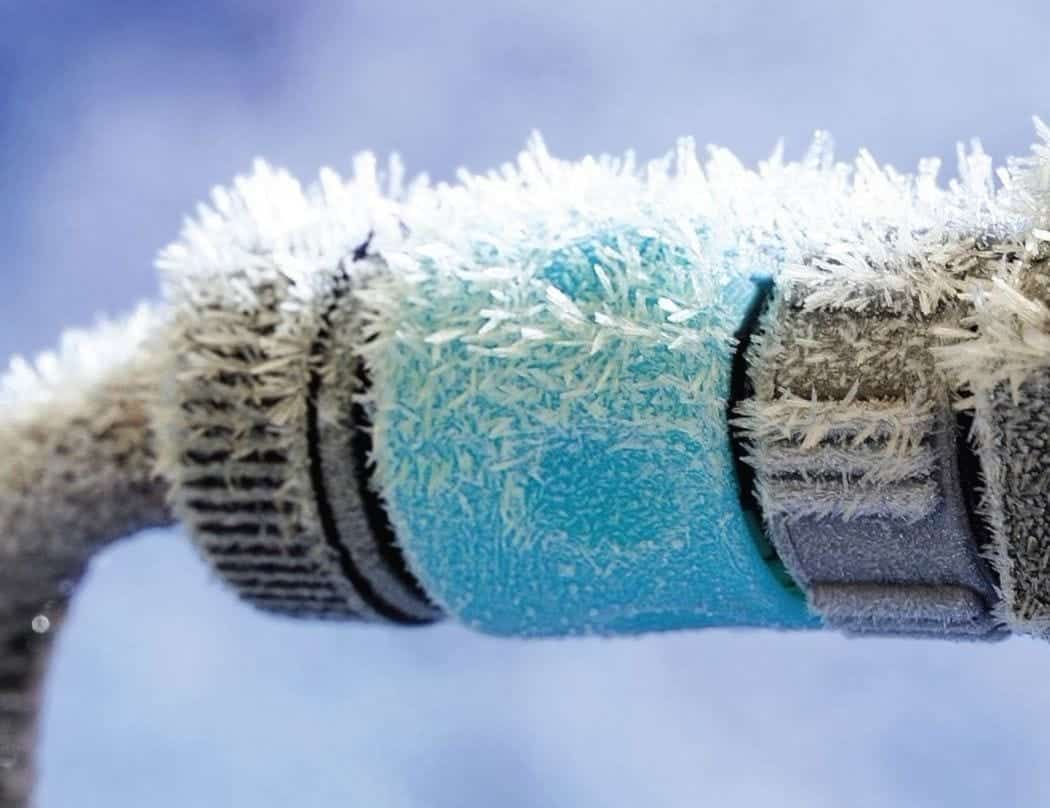Just when we were at risk of getting complacent about having a mild winter, the last few weeks have given us a wake-up call.
The frost and heavy snowfall that has affected some parts of the country may be good news for children, who sometimes get ‘snow days’ off, and for gardeners, who tell us that plants need a cold snap to kill off pests and diseases.
But, for property owners and managers, it’s not such a gleeful story. Sudden cold can freeze and crack pipes, snow can be additional weight a roof doesn’t need, and that gradual release of moisture when it thaws isn’t such good news when gutters may be clogged and not able to cope.
So, now is a good time to make sure any property you are responsible for is best prepared for whatever the weather gods may still have in store for us. It could be a long winter: we can probably all remember snow settling in April. Here’s a list of some of the most notable snow events since 1875.
The basic advice doesn’t change much from year to year. Here’s a suggested winter preparation checklist that might help stop the weather from taking its toll on heating and maintenance bills.
Roof: Arrange for the roof to be inspected and for cracked tiles to be replaced, particularly if doing so isn’t already part of your regular maintenance schedule. If chimney pots are in place but not in-use consider protecting them, by fitting ventilated cowls to minimise rainwater ingress while maintaining ventilation.
Loft: Check the insulation is in good condition (up to current standard). If there are tanks and pipes in the loft do not over-insulate below the tank, or the tank may be more liable to freezing. Make sure the lid is on the cold-water tank.
Gutters and drains: Overflowing gutters can drench walls and cause damage. Have them cleared of leaves and debris. Take particular care that any roof gulleys are clear as well. Many people insulate external drain pipes for central heating boilers with waterproof tape or similar material.
Walls: Check the pointing – frost can play havoc with poorly maintained walls. Make sure water can run off the building freely.
External paving: In very cold weather water on paving will freeze. Ensure the paving is well drained to avoid water collecting in the first place.
Windows: Check perimeters of all windows to make sure water flows away from glass and doesn’t collect on the sill, or drain behind it.
Inside condensation: Properties are not only vulnerable to attack from the outside elements but also to the moist, warm conditions that build-up inside during the winter months, so now is an ideal opportunity to prepare. Condensation causes mould and misery and, of course, the best remedy is ventilation: encourage neighbors to open windows too.
Heating: If flats have individual boilers remind residents to ensure they are serviced regularly. Ideally the condensation drain pipe should be insulated too, although this might be easier to do when the building is being decorated and scaffolding is up. Communal boiler servicing should already be part of any annual maintenance procedures.
The outside of any building takes a battering in the winter so a realistic, 360o assessment of its current condition is advisable, taking in the roof, walls, floors, windows and doors into consideration and affecting repairs, seal or insulate where possible.
It’s a good idea to choose a professional chartered surveyor to inspect the building and report back to you. Here, you can find firms who are members of the Royal Institute of Chartered Surveyor (RICS).
FP1037
The opinions and views expressed in the above articles are those of the author only and are for guidance purposes only. The authors disclaim any liability for reliance upon those opinions and would encourage readers to rely upon more than one source before making a decision based on the information.
